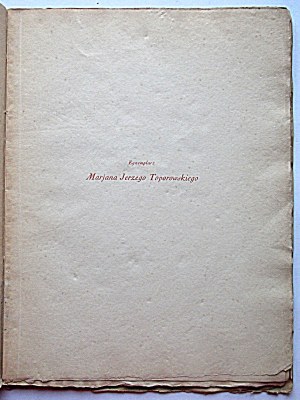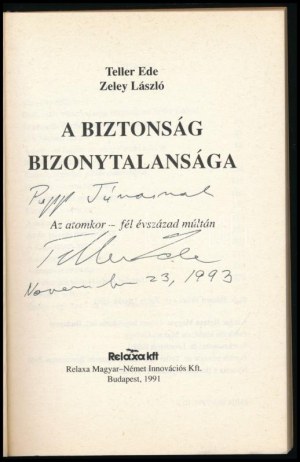ROGALSKI Leon
THE HISTORY OF THE DANUBE PRINCIPALITIES VIZ: MULTAN AND VOLDOCHINA, ACCORDING TO THE WORKS OF COGALNICEAN [ET AL.]
t.1-2 [complete in 1 vol.]
Warsaw 1861, S. Orgelbrand; pp. 812, [1], III, 659, [2], IV; formagt 14.5x23 cm
Work by Leon Rogalski, historian, editor of the Warsaw "Magazyn Powszechny", co-editor of Orgelbrand's encyclopedia, translator. The author describes the history of the Danube Principalities, Moldavia and Wallachia, from the earliest times until 1858.
Rare!
Contents [sections]: History of Dacia / History of Wallachia / Excerpts from Polish and Turkish historiographies concerning affairs of Wallachia and Multan, being in connection with Polish history / Statistics of the Danube principalities / Content review of the history of the combined principalities of Multan and Wallachia / A list of men who in the history of the combined principalities of Multan and Wallachia took a more significant position
"The military was the object of care and concern of the princes of the 16th century. In addition to standing armies, the entire mass of the people were obliged to take up arms, under the command of boyars and thousandaires, when the homeland was in danger. Mikhail II was particularly concerned with the army, as he had been constantly waging wars throughout his life, and had a well-trained soldier, trained for hardship and defeating enemies. Under him, the army became more punitive, although the Wallachians had, so to speak, an innate spirit of plunder. But in those days, the best armies of civilized countries were not free from this charge. Michael II decided on harsh punishments in order to accustom the Wallachians to be soldiers and not robbers; he succeeded for half-but the bad example of mercenaries, who also served in the Wallachian army, is detrimental! to all soldiers. Since the Transylvanians were always hastier than the Wallachians to rob, he ordered during the Multan campaign of 1600 that all Transylvanians caught robbing be executed, while the Wallachians were punished only by flogging. Michael II introduced two new types of regiments in his cavalry; first, the Deli, or Valiants, in the likeness of the hussars [yes, in the text, it's about the hussars]; again, he selected two hundred of the most skilful horsemen, gave them the Turkish name of Beast or Bescłdi [presumably it's about the Turkish cavalry formation Beşli] and put them under the command of Stefan Petnahazi, a Hungarian, a man of experienced courage, worthy to command warriors who had already shown evidence of uncommon bravery. The prince also reformed the Curteni cavalry, or horse guards, of the Reds. In general, the cavalry was always more skilled and useful than the infantry; it worked on the offensive, while the infantry, made up of masses of people, guarded only the ravines and attacked the enemy from the heights of the mountains, was a resilient force, not a conquering one; and Michael of the League wanted to be a conqueror. The cooperative writer, Jacob Geuder, who in 1601 published a work in Frankfurt on the means of successfully fighting the Turks, says this about Michael's army: Michael has under his orders not only Wallachians (whose courage the Turks learned in the wars waged during the reign of Drac), but also a considerable number of Hungarians, Transylvanians, also Albanians, Bulgarians and Serbs. Few have cannoneers, which the Transylvanians also lack, for these peoples, especially the Hungarians, are more willing to use the saber than the rifle, and for the most part serve the ascendancy: they carry long lances, and do not easily chafe at the sight of the enemy..."[excerpt from text].
HARD BURNING Half-panel 19th century, BACK WITH BOARDS AND GOLD. MARBLED PAPERBOARD. PAGE EDGES DECAYED.
BDB-/ condition of stamps, NICE Piece.



![ROGALSKI-THE HISTORY OF THE DANUBE PRINCIPALITIES VIZ: MULTAN AND THE VOCALIAN, UNDER COGALNICEAN [ET AL.], vols. 1-2 [complete in 1 vol.]](https://img1.one.bid/img/5211/1376190_1q.jpg?1685895235)
![ROGALSKI-THE HISTORY OF THE DANUBE PRINCIPALITIES VIZ: MULTAN AND THE VOCALIAN, UNDER COGALNICEAN [ET AL.], vols. 1-2 [complete in 1 vol.]](https://img1.one.bid/img/5211/1376190_2w.jpg?1685895235)






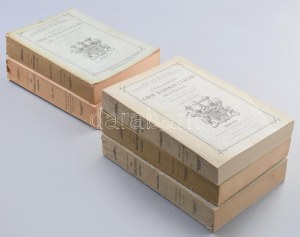
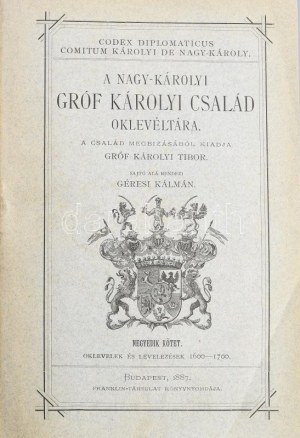
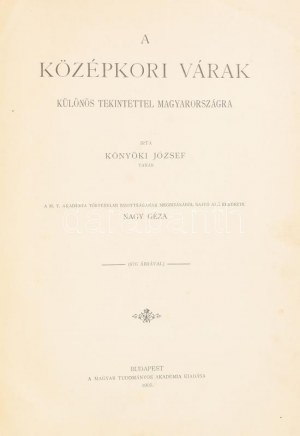
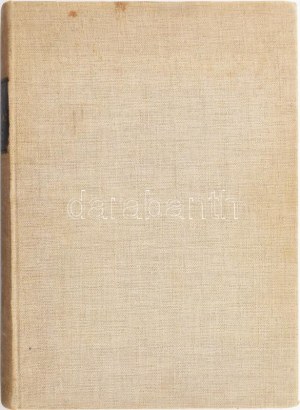
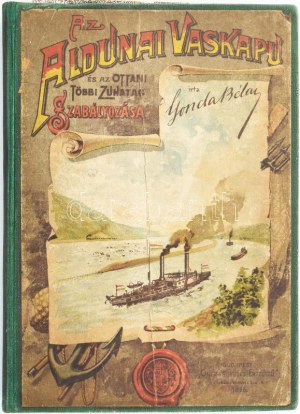
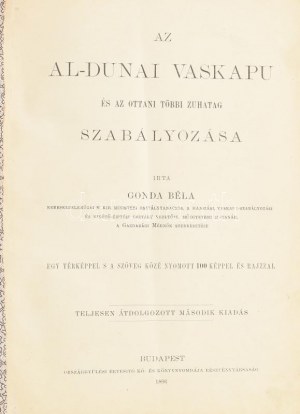
![Majtényi György: Ali basa meg a kacsa. Iser József rajzaival. (Budapest), [1934]. Singer és Wolfner (Fővárosi ny.). 77...](https://img1.one.bid/img/6570/1845645_1x.jpg?1712700000)
![Majtényi György: Ali basa meg a kacsa. Iser József rajzaival. (Budapest), [1934]. Singer és Wolfner (Fővárosi ny.). 77...](https://img1.one.bid/img/6570/1845645_2x.jpg?1712700000)

